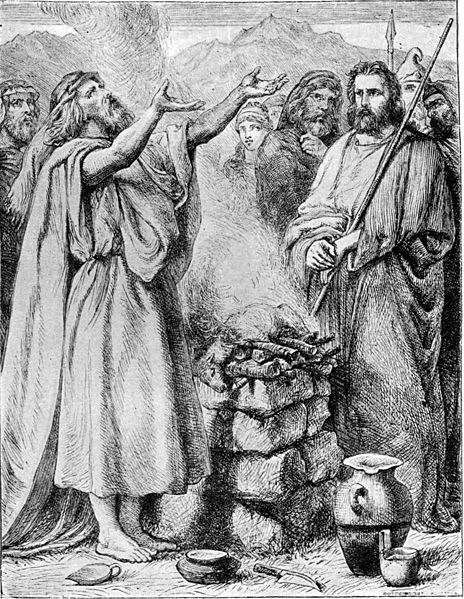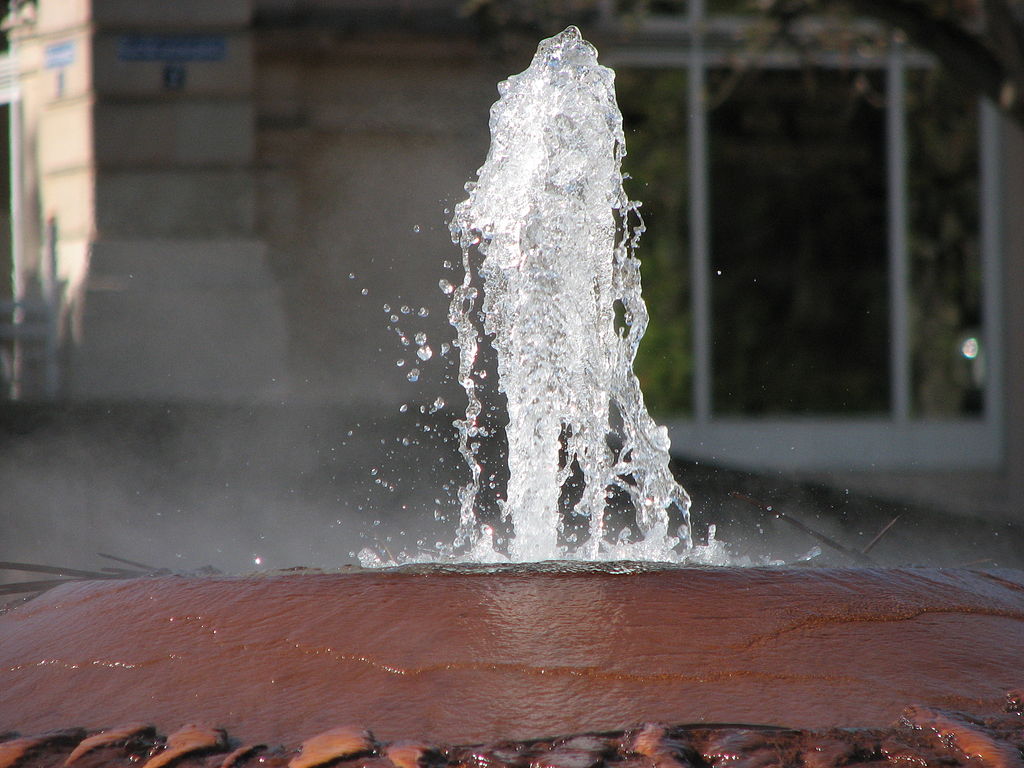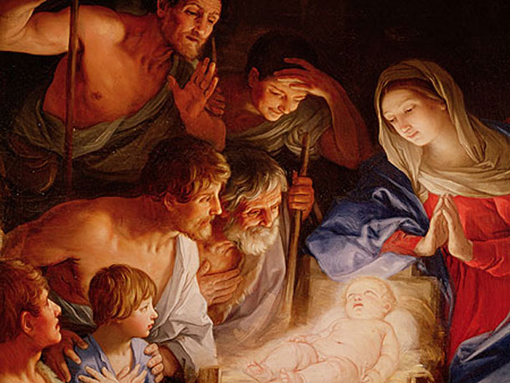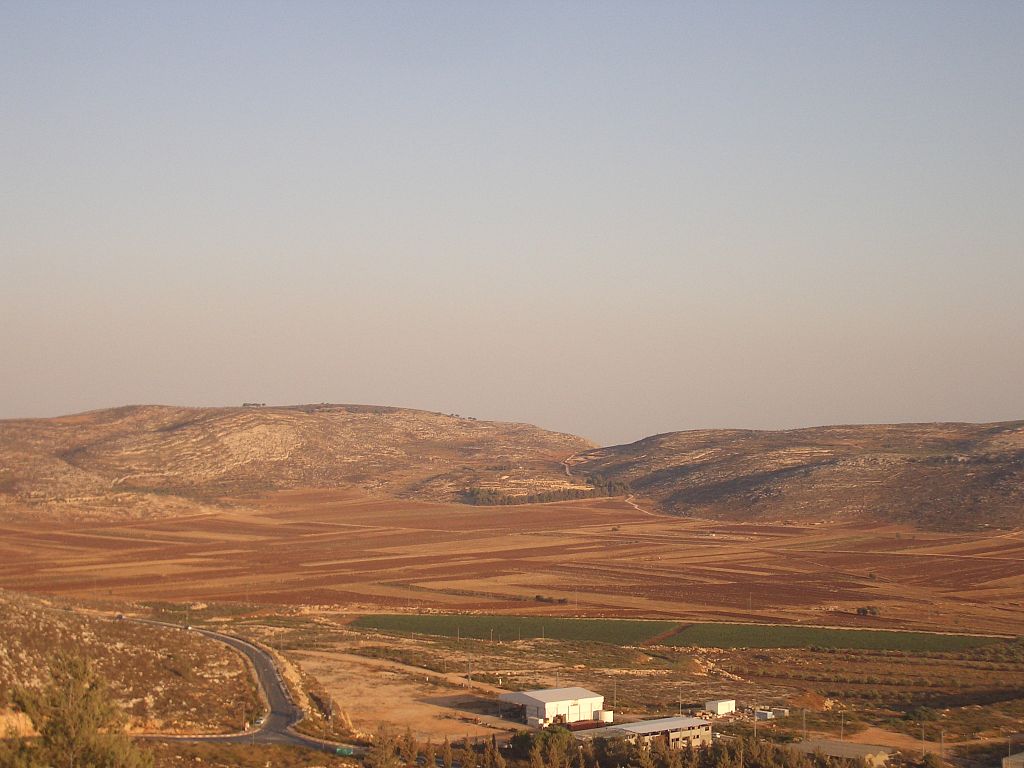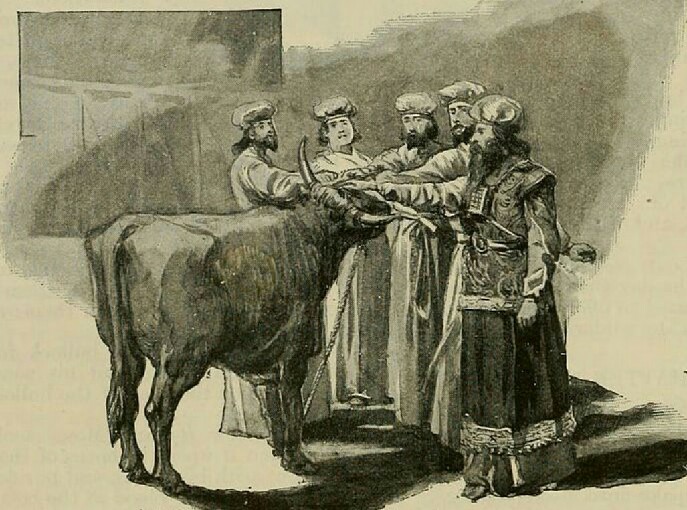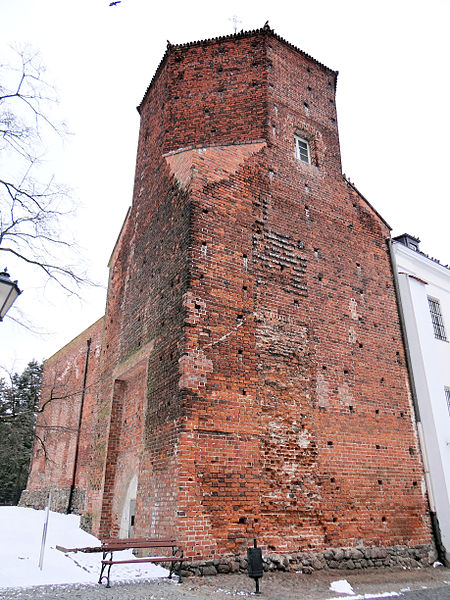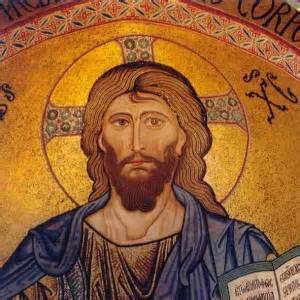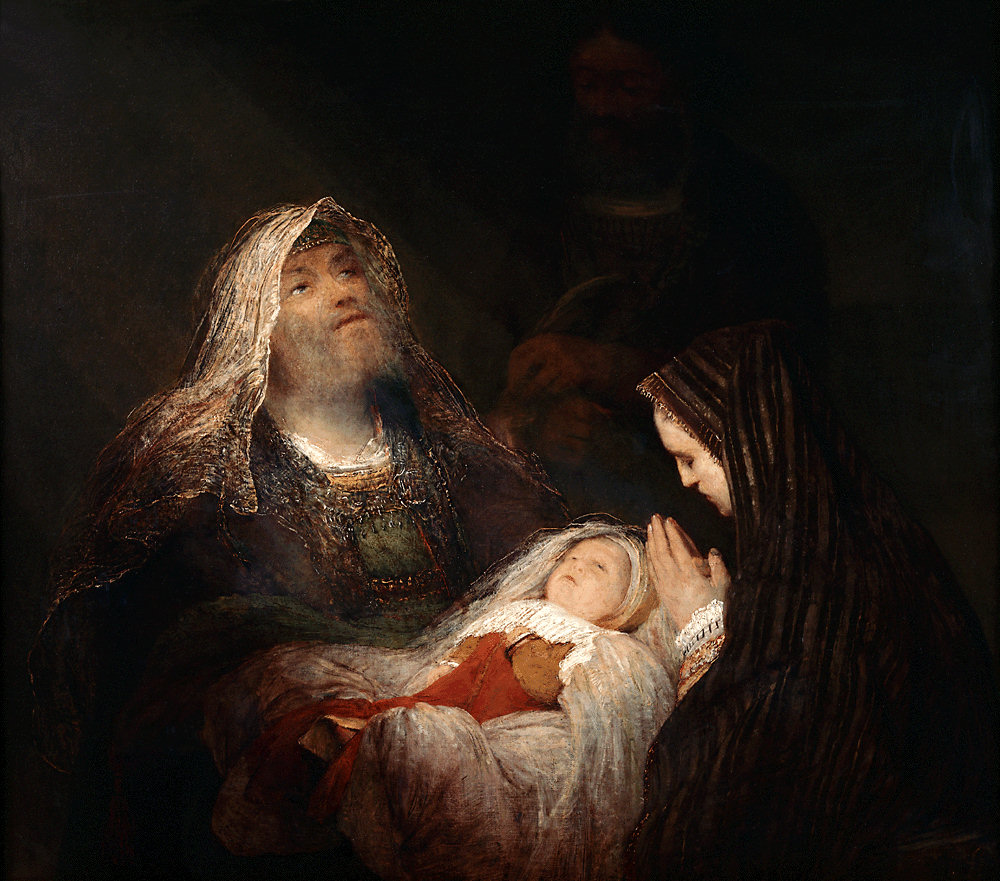The things which you learned and received and heard and
saw in me, these do, and the God of peace will be with you.
Philippians 4:9*
“The peace of God, which surpasses all understanding, will guard your hearts and minds through Christ Jesus” (Philippians 4:7). To know the peace of God is to know the Savior. He is the God of Peace.
The earliest mention of the coming God of Peace came in Jacob’s blessing of his son Judah. The patriarch foretold that: “The scepter shall not depart from Judah, Nor a lawgiver from between his feet, until Shiloh [i.e. the peacemaker] comes” (Genesis 49:10).
The peace offering was one of the five main Old Testament sacrifices offered to God. Everything about it is a type of the Lord Jesus. This freewill offering was an animal chosen from the flock or herd that was without defect and given to God as an act of worship. The offerer would receive a portion of the meat while enjoying fellowship with God (see Leviticus 3:1-17). The Lord gave Himself freely to bring peace to men.
700 years before the Babe was born in Bethlehem, Isaiah prophesied: “For unto us a Child is born, Unto us a Son is given […] and His name will be called […] Prince of Peace” (Isaiah 9:6). Then, when the actual fulfillment took place, a huge chorus of angels sang to a small group of frightened shepherds, “Glory to God in the highest, And on earth peace, goodwill toward men!”(Luke 2:14).
When Christ was in the upper room with His disciples, He made a promise to them: “Peace I leave with you, My peace I give to you; not as the world gives do I give to you. Let not your heart be troubled, neither let it be afraid” (John 14:27).
The Prince of Peace is hailed as “Our Peace” in Ephesians 2:14 because He has broken down the barrier that divided the Jewish and Gentile peoples. He is also the “Lord of Peace” who is with us always and continuously grants us peace in every circumstance (2 Thessalonians 3:16). Jesus came into this world to give peace to the troubled of heart and mind. He is the God of Peace.
*see also Romans 15:33, 16:20; 1 Thessalonians 5:23; and Hebrews 13:20
December 28
